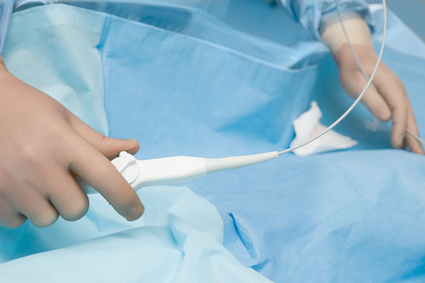Original title: Angiographic Success and Procedural Complications in Patients Undergoing Percutaneous Coronary Chronic Total Occlusion Interventions. A Weighted Meta-Analysis of 18,061 Patients From 65 Studies. Reference: Vishal G. Patel et al. J Am Coll Cardiol Intv 2013. Article in press.
Chronic Total Occlusions (CTOs) are found in between 15% and 30% of patients undergoing coronary angioplasty. Successful CTOs are associated with the improvement of angina, ventricular function and survival rate. Despite these benefits recanalizations are not frequent in the daily practice due to a historical low success rate, their technical complexity, the materials necessary to carry out these procedures, and the risk of mayor complications.
To assess complications incidence during CTO PCI, a meta-analysis was conducted including 65 published studies and 18061 patients. Recanalization of the right coronary artery was the most frequent, followed by the left anterior descendant and the circumflex.
The procedure successful rate reached 77% with of 3.1% chance of mayor cardiovascular events (MACE). Periprocedural infarction reached 2.5% and was the most frequent component of MACE. Complications such as death (0.2%), emergency surgery (0.1%), stroke (<0.01%) or radiation injury (<0.01%) were frequent.
Coronary perforation reached 2.9% but only developed obstruction in 0.3% of patients. Analyzing these studies according to year of publication, a significant increase of the success rate was observed as we got closer in time, as well as a significant reduction of complications.
Conclusion:
This meta-analysis shows that the recanalization of CTOs has a high success rate and that it is still on the rise, in addition to a low complications incidence which has decreased, suggesting that the risk/benefit ratio favors the challenge.
Editorial Comment:
Even though results have improved in time, we should keep alert and be prepared, not only with proper training, but also with the necessary materials to solve complications. An interventional cardiology center with an OCT program should be able to rely on, among other things, a coated stent or backup coils to solve a perforation, though tamponade will occur in only 0,3% of cases
SOLACI.ORG



